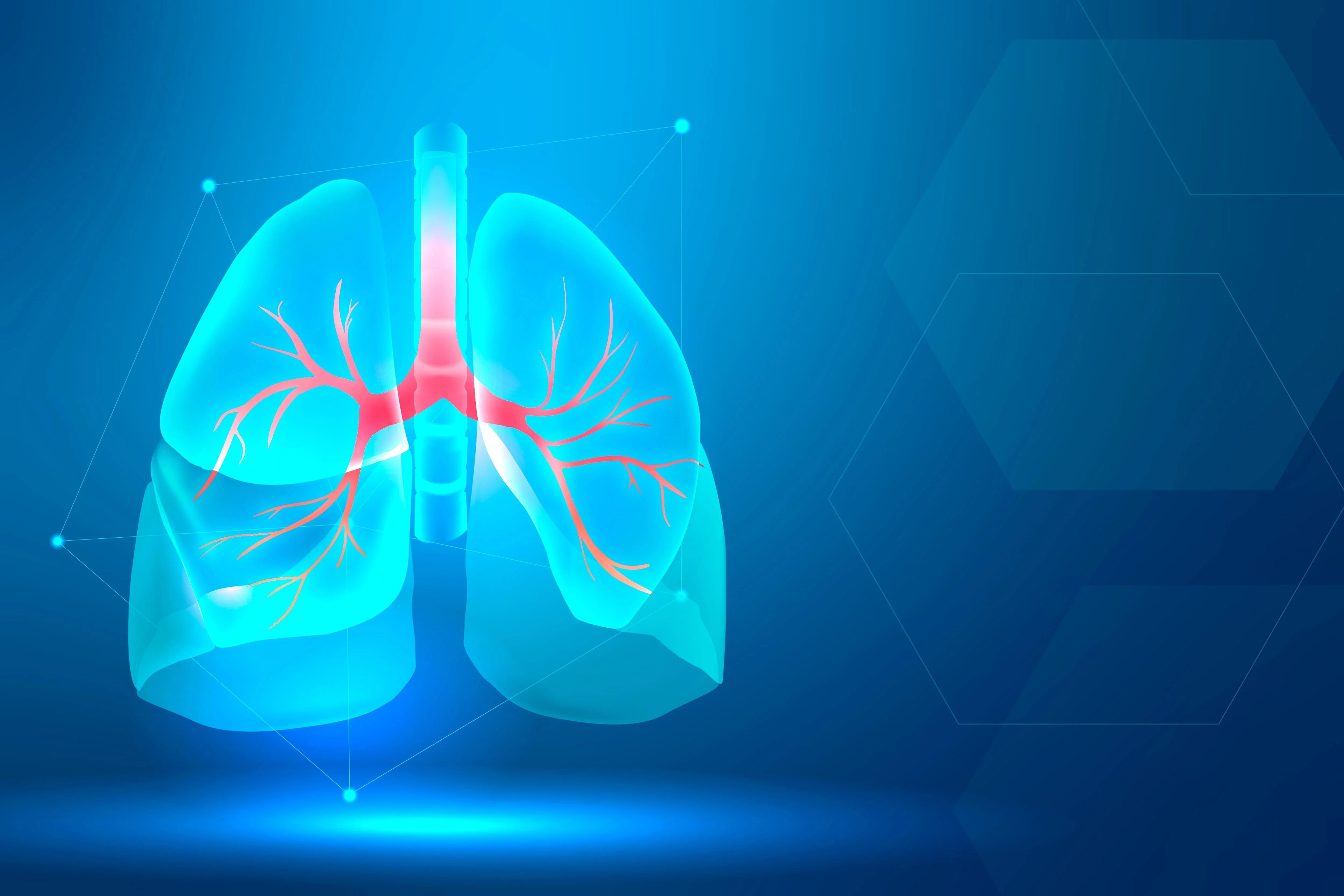What is COPD?
Chronic Obstructive Pulmonary Disease (COPD) is a condition that causes airflow obstruction in the lungs, making breathing difficult. This condition is often linked to factors such as smoking, air pollution, and exposure to dust or chemicals.
COPD is typically a progressive disease, with symptoms developing gradually over the years. Initially, symptoms such as cough, sputum production, wheezing, and shortness of breath may occur. As the disease progresses, these symptoms may worsen, leading to severe respiratory difficulties.
There is no definitive cure for COPD, but various treatment options are available to alleviate symptoms and slow the progression of the disease. These treatments may include inhalers, steroids, oxygen therapy, exercise therapy, and respiratory therapy. Additionally, preventive measures such as avoiding smoking, air pollution, and dust exposure are among the best ways to prevent COPD.
What Causes COPD?
COPD is a chronic and progressive disease affecting the lungs. The main causes of COPD include:
- Smoking: Smoking is the most common cause of COPD. It irritates the lungs and contains harmful chemicals that damage lung tissue, leading to COPD.
- Air pollution: Air pollution is another significant cause of COPD. Polluted air can damage the lungs and contribute to the development of the disease. People living in industrial areas or heavy-traffic regions are at a higher risk.
- Genetic factors: Some individuals have a genetic predisposition to COPD, making them more susceptible to developing the disease.
- Occupational exposure: People exposed to chemicals, gases, dust, and other harmful substances at work have a higher risk of developing COPD. Workers in industries such as mining, agriculture, and construction are particularly vulnerable.
- Infections: Recurrent lung infections can damage the lungs and contribute to the development of COPD.
- Asthma: Asthma is another chronic disease affecting the lungs, and poorly managed or worsening asthma can contribute to COPD development.
- Aging: As people age, lung function naturally declines, increasing the risk of COPD.
A combination of these factors can contribute to COPD development. However, there is no single cause; multiple factors together lead to the onset of the disease.
What Are the Treatment Methods for COPD?
Since COPD is a chronic and progressive disease, it cannot be completely cured. However, several treatment methods can help manage symptoms and improve quality of life. These include:
- Lifestyle changes: Making lifestyle modifications is essential for controlling symptoms and enhancing quality of life. This includes exercising, following a healthy diet, avoiding air pollution, and attending regular medical check-ups.
- Quitting smoking: Since smoking is the most common cause of COPD, quitting smoking is the most critical step in the treatment process.
- Bronchodilators: These medications help widen the airways in the lungs, making breathing easier. They are particularly useful for those experiencing shortness of breath during physical activities.
- Corticosteroids: These drugs help alleviate COPD symptoms. They are often more effective when combined with bronchodilators.
- Oxygen therapy: In advanced stages of COPD, oxygen therapy may be required to increase oxygen levels in the blood, facilitating easier breathing and improving quality of life.
- Pulmonary rehabilitation: These programs help patients learn breathing techniques, improve exercise capacity, and cope with the disease.
- Surgical interventions: In rare cases, surgical procedures may be necessary in advanced COPD. This may involve removing damaged lung tissue to improve breathing.
Balloon Application in COPD
In COPD treatment, balloon application can be performed during a procedure called bronchoscopy. This procedure aims to open narrowed airways in the lungs and improve respiratory function.
Balloon application is performed by inserting a thin tube called an endoscope into the airways through the patient's mouth or nose. A balloon attached to this tube is inflated to widen the narrowed airways. When the balloon is inflated, the airway walls expand, making breathing easier.
Balloon application is generally used for patients with advanced-stage COPD. This method can be combined with other bronchoscopic procedures to enhance airway expansion. However, this procedure should only be applied in specific cases and may not be suitable for every patient.
There are potential risks and complications associated with balloon application. Therefore, patients should consult their doctors to obtain detailed information before undergoing the procedure.
What Is the Success Rate of Balloon Application in COPD?
The success rate of balloon application in COPD treatment depends on the severity of the disease, the size of the treated area, and the patient’s overall health condition. The procedure’s effectiveness is measured by the degree of airway narrowing reduction and improvements in respiratory function.
Many studies have shown that balloon application can lead to improvements in lung function and relief of COPD symptoms. However, its effects may diminish over time, necessitating repeated procedures.
As with any invasive procedure, balloon application carries certain risks and complications. Therefore, patients considering this treatment should carefully evaluate the risks and benefits with their doctors to develop an appropriate treatment plan.
Assoc. Prof. Dr. H. Ulaş ÇINAR
Thoracic Surgery Specialist


